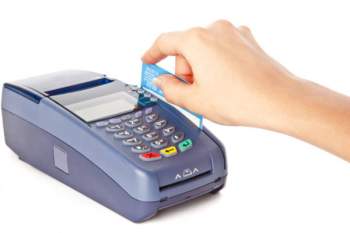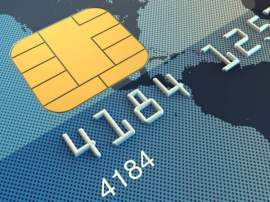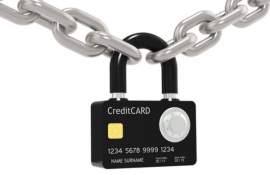
Discover the Workings of Credit Card Processing

What is a Credit Card?
A credit card is an alternative payment method to
cash, which enables a consumer to purchase goods or services on credit. Credit
cards are issued by financial institutions to those individuals who they deem
as fit or credit-worthy. The ability to obtain a credit card and the subsequent
rates or fees attached to the issuance is based primarily on an individual’s
credit history and score.
The lower the score, the lower chance to receive a
credit card. If a financial institution grants a card to an individual with a
low score, it will invariably be met with high interest rates and complicated
terms.
The interest rates and fees attached to the
issuance are dependent on the individual’s expected ability to repay their
borrowed funds. When an individual purchases goods on a credit card they are
required to reimburse the issuing company the amount spent. If the full balance
is not paid each month the interest is applied and carried over to the
following billing period.
How does Retail Credit Card Processing Work?
When an individual purchases a good or service
from a retail store with a credit card, they simply slide the card into a
machine. Each credit card is equipped with a magnetic strip on the back. When
sliding a credit card through the machine, the magnetic strip will relay the cardholder’s
information to the retail outlet’s point-of-sale system. This step of credit
card processing enables the cashier to integrate the individual’s information
into their transaction.
In addition to using a machine to initiate the
credit card processing through the magnetic strip, an employee at the retailer
can also type the card information (the credit card number on the front of the
card) into their point-of-sale system. This form of credit card processing is
utilized for online purchases or for those transactions that do not involve a
card reader.
All retailers that initiate credit card processing
must sign up for a service that is linked with a merchant provider. Seller
transaction credit card processing systems send captured credit card data,
along with the data linked to the transaction, directly to the merchant account
provider.
The merchant account provider then routes the information to a credit
card network interchange. This intermediary then connects banks and credit card
providers together to finalize the transaction.
Network Interchange involved in Credit Card
Processing
The merchant account must first route the
information through the network interchange to the holder’s institution. The
institution then checks the card’s balance against the transaction amount and
either authorizes or denies the payment.
The next step in credit card
processing involves the credit card provider routing the information back to
the merchant account. When the information is relayed, the transaction will
either be rejected or finalized. In full, credit card processing takes as
little as two or three seconds.
Once the authorization for approval or denial of
payment has been received, the merchant notifies the seller of the result, who
then will notify the buyer. If the transaction involved in the credit card
processing is authorized, the merchant account provider sends the transaction
information back through the network interchange to the seller, who then
requests the funds to be transferred from the buyer’s credit card provider.
NEXT: Easy Guide to Business Credit Cards





















